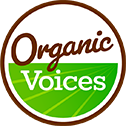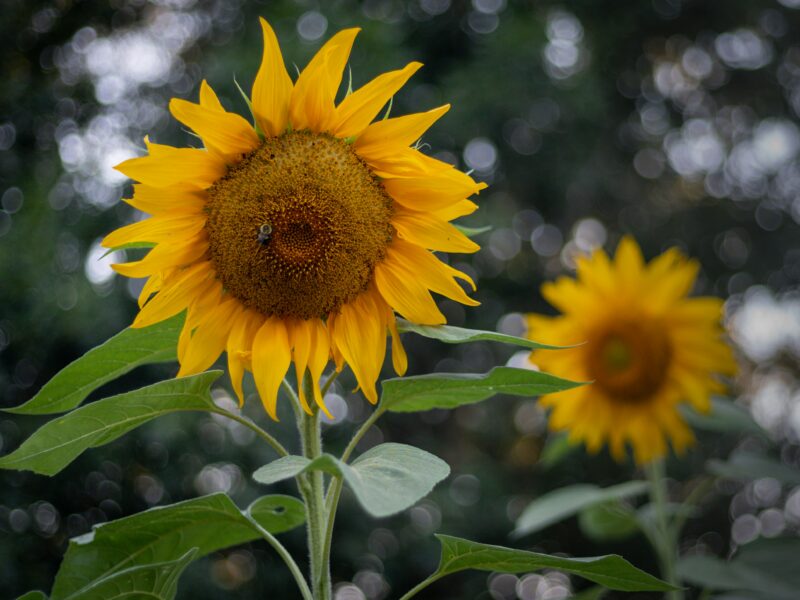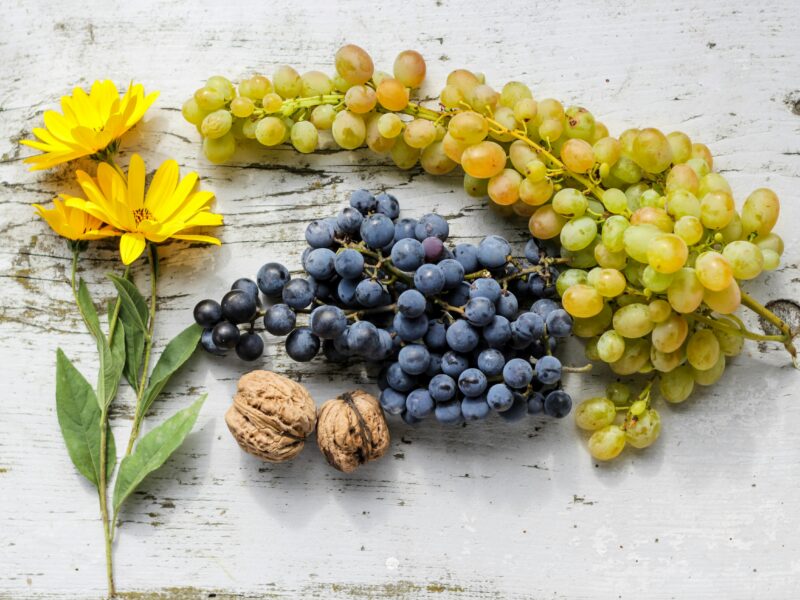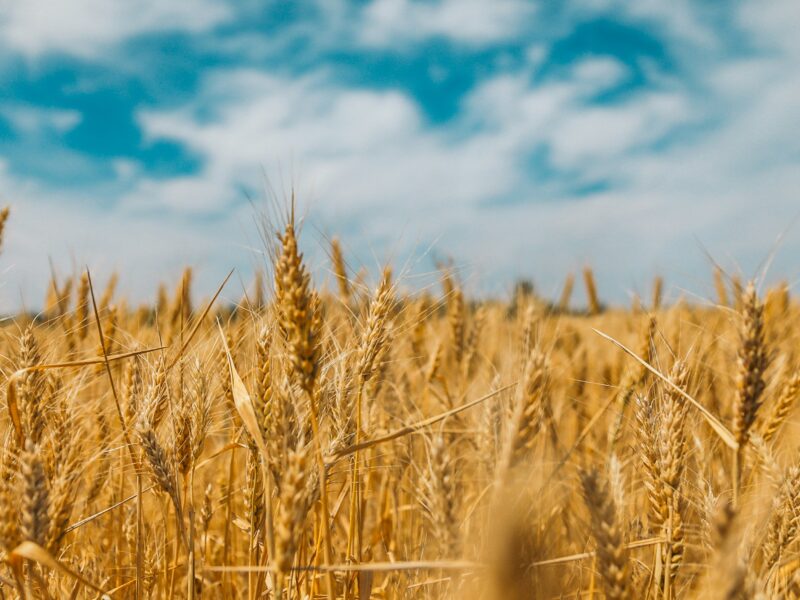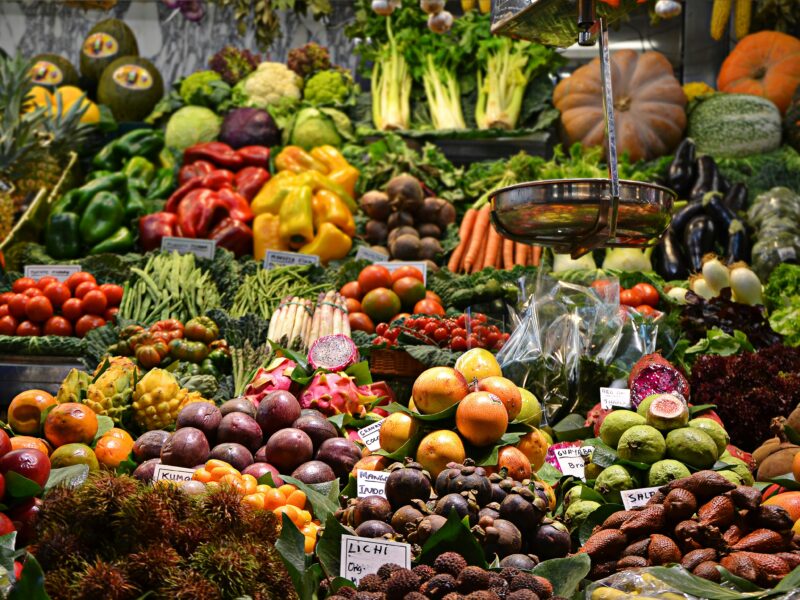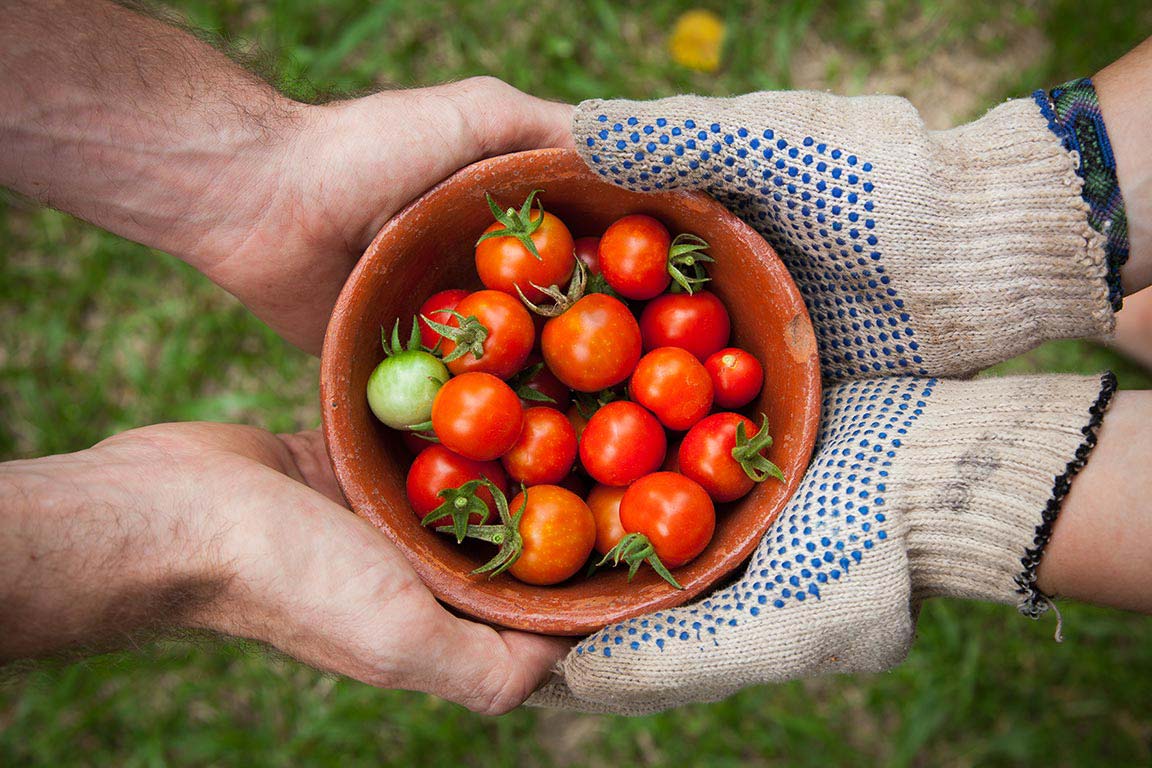Originally published in the Organic Matters blog by Melody Meyer.
When was the last time you thought about cotton and fiber? I can’t remember the last time the subject came up at a party. Yet it’s integral to our everyday existence. We wear it, snuggle and sleep in it; we swaddle our infants with it. We spend money and attention on fashion, color and cut but we don’t spend much thought on how it is produced. Cotton is not just on our skin, it sometimes ends up on our plates in our food, and every cotton product we use has an effect on what we eat! It’s time to rethink our relationship with cotton.
Those who value organic food may believe organic cotton is non-essential. Because cotton isn’t considered a food item, controls of pesticides and herbicides are more pervasive. In fact conventional cotton production is quite toxic and considered the world’s dirtiest crop due to its heavy use of pesticides.
It’s an environmental train wreck!
Cotton covers 2.5% of the cultivated land yet uses 16% of the world’s pesticides. Eight of the top ten pesticides most commonly used have been classified as moderately to highly hazardous by the World Health Organization. The Environmental Justice Foundation has disturbing facts on the worldwide negative effects of pesticide use in cotton.
Aldicarb is the second most prevalent insecticide sprayed on conventional cotton. It is also acutely poisonous to humans and animals. It is still used in 25 countries including the U.S., where many states often find it in their groundwater. The dangers of Aldicarb are well recognized by the EPA who in a rare move has thankfully signaled its phase out in 2018.
It’s Genetically Modified to resist heavy applications of pesticides!
 Cotton is one of the top GMO crops produced in the world. Over 93% of U.S. cotton in 2010 was genetically engineered, according to the USDA. In fact cotton seeds are so controlled by the patent holders that some fear traditionally bred cotton may disappear completely! Genetically modified cotton seeds produce crops that are resistant to heavy applications of the herbicides dicamba and glufosinate.
Cotton is one of the top GMO crops produced in the world. Over 93% of U.S. cotton in 2010 was genetically engineered, according to the USDA. In fact cotton seeds are so controlled by the patent holders that some fear traditionally bred cotton may disappear completely! Genetically modified cotton seeds produce crops that are resistant to heavy applications of the herbicides dicamba and glufosinate.
All this ends up in our food.
It is little known that the by-products of cotton production used in our clothing, personal care, bedding and furniture often goes right back into our food supply. As much as 65% of total cotton production can end up on our plate. It can come directly through cotton seed oil, or indirectly through the milk and meats of the animals fed on cotton seed meal and cotton byproducts.
Despite the fact that cotton isn’t grown for food, cotton seed oil is used for direct human consumption. Look on that label of chips or crackers because it is less expensive than olive or other healthier oils. It is used to produce vitamin E supplements and is the primary ingredient in Crisco. The oil is commonly fed to animals that produce our milk and meat.
Read the full blog here.
